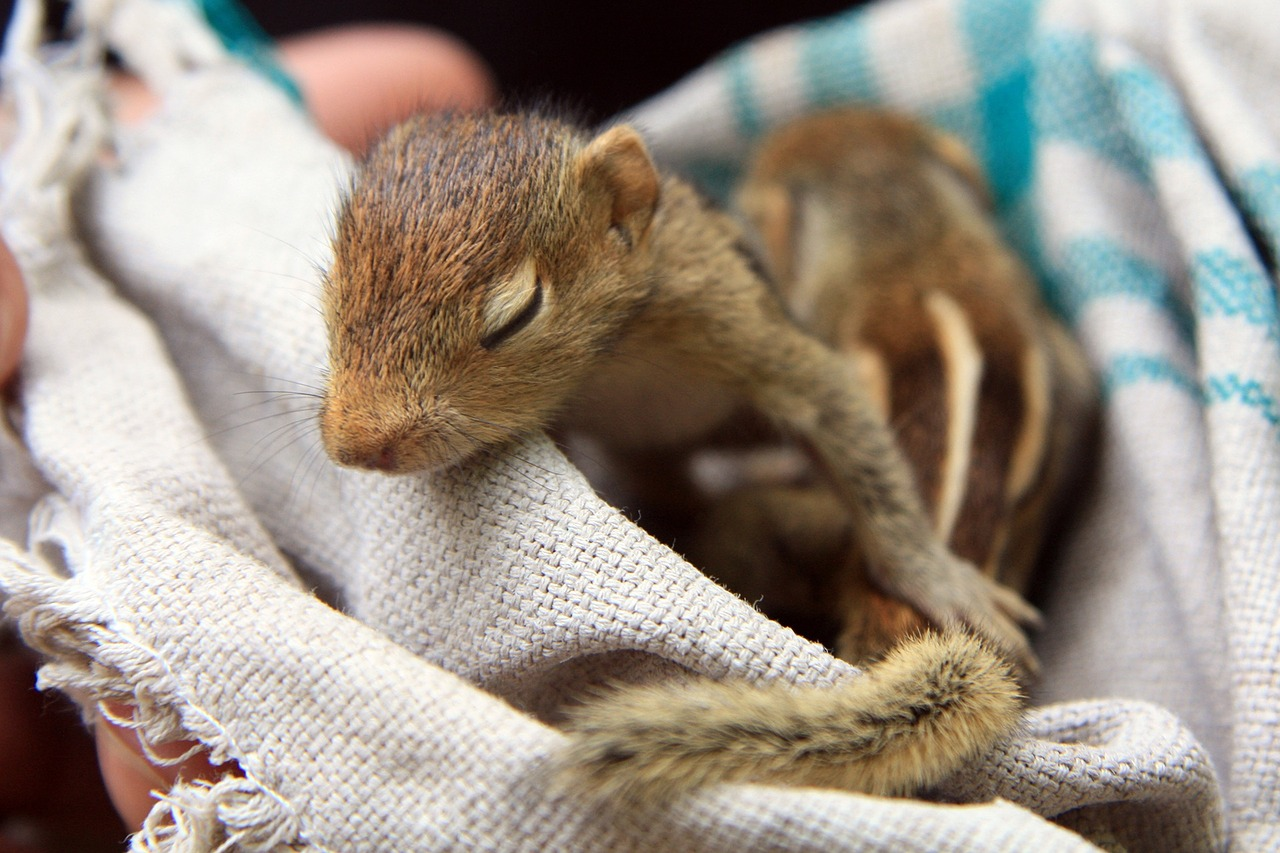
Abandoned Baby Squirrel Care: A Comprehensive Guide
Introduction
Baby squirrels are incredibly vulnerable creatures, and when they are abandoned by their mothers, they face a very low chance of survival. However, with proper care, these tiny animals can be successfully rehabilitated and released back into the wild. This comprehensive guide will provide you with all the information you need to care for an abandoned baby squirrel, from feeding and housing to socialization and release.
Assessing the Situation
Before you attempt to care for an abandoned baby squirrel, it is important to assess the situation and determine if the baby is truly orphaned. Baby squirrels may be temporarily separated from their mothers, and it is best to observe them for a few hours before intervening. If the mother does not return within a few hours, or if the baby is injured or in distress, then it is likely orphaned and will require your assistance.
Feeding
One of the most important aspects of caring for an abandoned baby squirrel is feeding. Baby squirrels require a specialized formula that is specifically designed for their nutritional needs. This formula can be purchased from a veterinarian or a wildlife rehabilitation center.
To feed a baby squirrel, you will need to use a syringe or a dropper. The formula should be warmed to room temperature before feeding. Hold the baby squirrel upright and gently insert the syringe or dropper into its mouth. Do not force the formula into the baby’s mouth, and allow it to drink at its own pace.
Baby squirrels need to be fed every 2-3 hours, around the clock. As the baby grows, you can gradually reduce the frequency of feedings.
Housing
Baby squirrels need a warm, safe place to live. A small box lined with soft material, such as a towel or fleece, is ideal. The box should be placed in a quiet, draft-free area.
It is important to keep the baby squirrel’s environment clean. The bedding should be changed daily, and the box should be disinfected regularly.
Temperature Regulation
Baby squirrels are unable to regulate their own body temperature, so it is important to provide them with a heat source. A heating pad set to low can be placed under the box, or you can use a warm water bottle wrapped in a towel.
Monitor the baby squirrel’s temperature closely. If it feels cold to the touch, increase the heat source. If it feels hot to the touch, decrease the heat source.
Socialization
Baby squirrels are social animals, and they need to interact with other squirrels in order to develop properly. If possible, you should place the baby squirrel in a cage with another baby squirrel of the same age.
If you are unable to find another baby squirrel, you can provide socialization by talking to the baby and handling it gently. It is important to avoid over-handling the baby, as this can stress it out.
Release
The ultimate goal of caring for an abandoned baby squirrel is to release it back into the wild. Baby squirrels are typically ready for release when they are about 12 weeks old.
Before releasing the baby squirrel, you should make sure that it is healthy and has the skills necessary to survive in the wild. The baby squirrel should be able to climb, jump, and forage for food.
It is important to release the baby squirrel in an area where there is a population of squirrels. This will give the baby the best chance of finding a mate and establishing a territory.
Conclusion
Caring for an abandoned baby squirrel is a challenging but rewarding experience. With proper care, these tiny animals can be successfully rehabilitated and released back into the wild. By following the guidelines in this guide, you can help give an abandoned baby squirrel a second chance at life.
Additional Tips
- If you find an abandoned baby squirrel, it is important to contact a veterinarian or a wildlife rehabilitation center as soon as possible.
- Do not attempt to feed the baby squirrel cow’s milk or other human food. This can cause serious health problems.
- Handle the baby squirrel as little as possible. Over-handling can stress the baby and make it more difficult to release.
- Be patient and provide the baby squirrel with a lot of love and care. With time and effort, the baby squirrel will grow into a healthy and happy adult.
